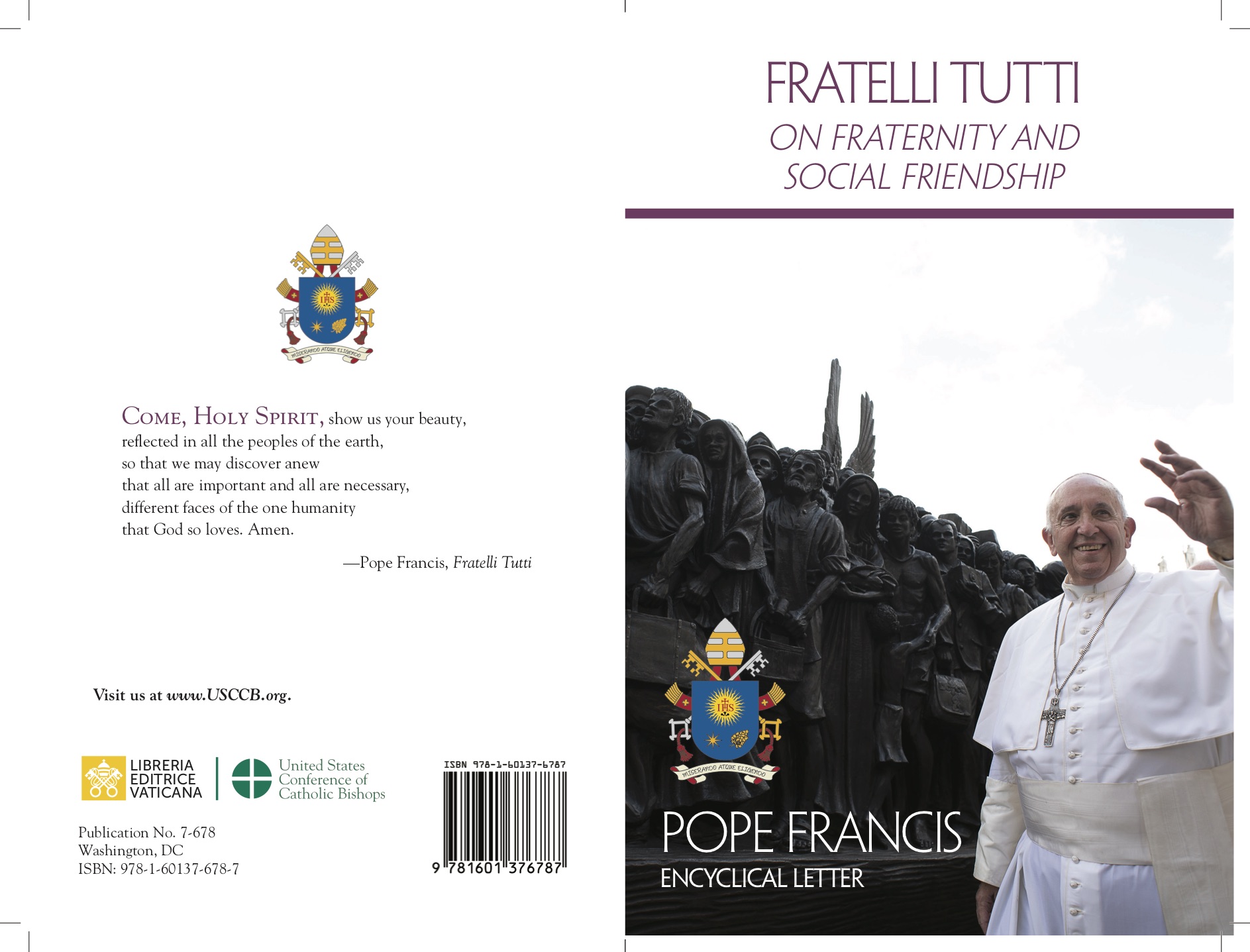
There are four women who have been recognized as Doctors of the Church. The connecting thread they share is that of mystical experience and prophecy. We know that Hildegard was dedicated to God from a very young age. Today, it is unimaginable to entrust an eight-year-old girl to a hermitage. Yet, the environment that welcomed and educated Hildegard of Bingen nurtured her extraordinary gifts. Indeed, we are speaking here of a visionary in the fullest sense of the word, who was, so to speak, tormented by the extraordinary. In her time, there was an extremely fine line between witchcraft and mystical experience. Eventually her body rebelled. As a young nun, she remained paralyzed until those who discerned her case recognized her prophetic charisma. Thus, Hildegard was a female prophet who combined daring visions with encyclopedic knowledge. We see her engaging in all the fields of knowledge known at the time, from Scripture, to theology, also anatomy, medicine, pharmacology, astronomy, gemology, music, and poetry… in short, an endless list.
Hildegard of Bingen was the founder of an autonomous monastery, who wove connections along the banks of the Rhine, by preaching in the cathedrals built along its banks. She was a correspondent to popes and emperors, and she did not hesitate to denounce the Church’s afflictions.
One might consider her mad or possessed. In fact, mad, in a way, she certainly was—just as, a century later, Francis of Assisi would define himself a “new madman” in his own radical following of Christ.
Madness literally signifies a borderline condition, which is situated on a threshold, between the human and the divine. What this means is being deeply rooted in one’s own history and that of others while reaching out toward God, to make space for Him so completely as to appear perched on the edge—somehow abnormally. Moreover, because of this, she was capable of striking, powerful, prophetic words, words that expose the contradictions of the present and thus urge the Church toward reform. An example. From her old age, Hildegard permitted the burial in the monastery’s cemetery to an excommunicated man who, at the end of his life, had reconciled himself with the Church. The local clergy, which refused to accept his reconciliation, demanded that she exhume his body. Hildegard refused, appealed to the pope, and won the case; however, but for a long time, the monastery remained under interdict. The nuns were deprived of everything that defined their way of life, from the liturgy, spiritual guidance, and the ringing of the bells. The struggle she undertook hastened her death. This episode reveals her strength as a woman in opposing injustice, taking risks, certainly, but stubbornly committed to the primacy of justice and mercy.
Hildegard submitted her first prophetic text, The Scivias, to Bernard of Clairvaux, a rancorous and partisan monk who was unyielding to those who disagreed with his thinking. Nevertheless, all the mystics we speak of in one way or another must submit to clerical and male judgment. Paradoxically, for women, only by this route do they gain authority and the right to speak.
This is also the case with Catherine of Siena, who was a most singular woman and an interlocutor with emperors and popes too. However, unlike Hildegard, she had no other teacher than the Spirit. She owes to Him the science that oozes from her writings. Hagiography says that at one point she was able to read and write without having had teachers. As a Dominican tertiary, she lived in a situation that was somewhere between a secular and a religious life. As a member of a very large family, she disappointed its expectations of an advantageous marriage. Her influence and word disturbed the Dominican order, which sent her as “inquisitor” to a wise confrere. Raymond of Capua, later general of the order, upon examining her, was to become her most faithful follower.
It is difficult to summarize in a few lines the influence this woman had in the Church of her time. She went to France to convince the pope to return to Rome. Lacerating, over the top, was her passion for peace. Her loyalty to the pope was moving, referred to according to the theology of the time as “sweet Christ on earth”.
Catherine experienced the dizzying heights of mystical union. Not only transverberation, which is the ecstatic experience of a heart pierced by the dart of divine love, as would later happen to Teresa of Ávila—but even the exchange of hearts between herself and Christ, her spouse. Almost certainly anorexic, she sustained herself solely on the Eucharist and burned with love for the Church.
Teresa of Ávila also left behind a rich body of writings that detail both her reformist mission and her mystical journey. Her contemporaries in the clergy did not love her, in fact, they opposed her. A telling example is the judgment passed on her by the papal nuncio in Spain. The text reads, “A restless, wandering, disobedient, and rebellious woman who, under the guise of devotion, invents false doctrines, leaves the cloister against the orders of the Council of Trent and the prelates, teaches as though she were a master, in defiance of what Saint Paul commanded when he forbade women to teach”.
“Mad” as they may seem, they were nonetheless lucidly aware of their duty to cultivate a profound and discerning understanding of the Gospel. Yet they were also deeply tormented by the fear of falling prey to diabolical deception. Teresa of Ávila, in particular, was almost obsessive in her need for assurance that her mystical experiences were truly of divine origin. However, she remains emblematic in her outcry over the suffering she endured just because she was a woman. She longed for a time when women would be judged not through the lens of misogynistic prejudice, but according to their true worth.
At first glance, Thérèse of Lisieux seems to stand apart from the stormy path of her sisters. Nevertheless, is it not a kind of madness to shut oneself away in Carmel at the age of fifteen? Or, to travel all the way to Rome to personally ask the pope for permission? In Rome, she and her sister even defied strict prohibitions—at the risk of excommunication—by entering places forbidden to women, and with an air of rebellion.
There is much that has been written about Thérèse as a Doctor of the Church and about her Little Way. I find it striking to recall the moment when, caught up in the whirlwind of all the vocations she longed to embrace, she finally surrendered to the most obvious one—love—but not before admitting that she had also felt called to be a priest.
A small martyr from a strict community, and a wise interpreter of a merciful God to whom she immolates herself. He too lives on the frontiers of insanity, which, going back to the meaning the term has in the Greek language, ultimately means a “possessed” person. In our case, these are women possessed by God. That is, women who have chosen to be “invaded” by God by opening themselves to his love beyond all reasonable limits. Women who are not renouncers, but overbearingly active. Wise, wise women whose magisterium challenges us to this day. Wise, knowledgeable women whose magisterium challenges us to this day.
by Cettina Militello
A Theologian, and vice-president of the Via Pulchritudinis ETS Academy Foundation.




 Purchase the Encyclical here Fratelli Tutti
Purchase the Encyclical here Fratelli Tutti